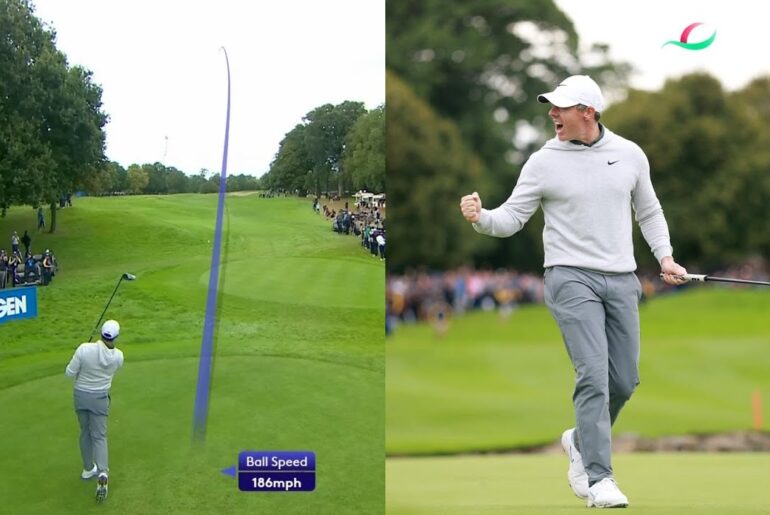In this video, I break down the key differences between the Circle C and Snap T spey casts—and explain why I personally avoid using the Snap T. Whether you’re just learning spey or refining your technique, this deep dive will help you understand when and why each cast is used, and how conditions, line choice, and fly control all play a role.
#SpeyCasting #FlyFishing #SnapT #CircleCCast #SpeyRod #FlyCasting #FishingTips #TroutSpey #SalmonFishing #CastingTechniques
Hey guys, my name is Josh Heapner of Pacific Sasquatch Fly Fishing. Today I’m going to show you the difference between the Circle C and the Snap T. So, what I want to show you guys today is the difference between the Circle Cast and the Snap T cast. So, kind of two different ways of anchoring your line. Uh, one I really love and the other one I find a little bit dangerous. So, I’m going to start off with the snap tea and how to cast this and how to get that anchor placement properly. And uh we’ll show you all this stuff here. So, what I’m going to do, I’m just going to lift the rod. I’m just going to snap the rod back, dloop, and cast out from there. We’ll do this uh I’ll do this one more time. So, what we want to do, get your line on top of the water. We’re going to pick up the top. We’re going to bring it back. So, I’m going to show you one more time. Pick up the [Music] line. Bring the rod back like that. One more time. Like that. Dloop cast from there. Now, Snap T is great on a very windy day, uh, especially with the wind going upstream. So, that’s when I would prefer to use the Snap T. Um, the cast I prefer and the cast I use almost every single time going river left is the circle is the circle seat. Um, so this is my main cast. It’s my go-to cast and it’s I just feel it’s a lot safer and I’m going to tell you why. Circle C, we’re going to go up and make a C C shape Dloop and cast from there. Now, this is my reasoning on why I prefer the circle C over the Snap T even on windy days. As I was learning how to do all this stuff, uh about 10 years ago, learning how to do all these different type of casts and uh why they’re better than each other, I found as a beginner doing the Snap T, I uh and using heavy weights, heavy weighted flies, you know, heavy sync tips like T14, big intruders with big dumbbell eyes. I found doing the Snap T as a beginner, I found I was smoking my freaking blank and it cost me a lot of money in rods. Thankfully, there was warranty, but sometimes buying a used rod, there’s just nothing there. So, what I’m going to show you again is how we’re going to do the circle C. So, up and over, create your Dloop, and cast that out. It stops me hitting my blank. And that that is a big day ruiner if you smoke your freaking blank while you’re using big dumbbell eyes, big heavy freaking sink tips, like that. So, let’s uh cut that nonsense out. Swap over to the Circle C and you’ll have a lot more better days on the water. Thank you. [Music] [Applause] [Music] Heat. Heat. [Music]








5 Comments
🔥🔥🔥🔥🔥
Do I need to know the difference between the two? No. Did I watch the whole video? Yes 🙌🏻
good stuff!
Great instruction!
The Snap-T should be renamed the "Snap Tip" especially when using a dense sinktip and a heavy fly. Just a slight inaccuracy in the lift and roll, the fly comes through the tip of your rod tip instead of over it. The trick with the Snap-T is to get the rod tip out of the way before the fly and tip comes by and that is something some anglers, especially beginners, struggle to do.
The Circle Spey is not only safer for your rod, it's a more relaxed cast as well. It can be performed much slower than being shown here, almost lazily.